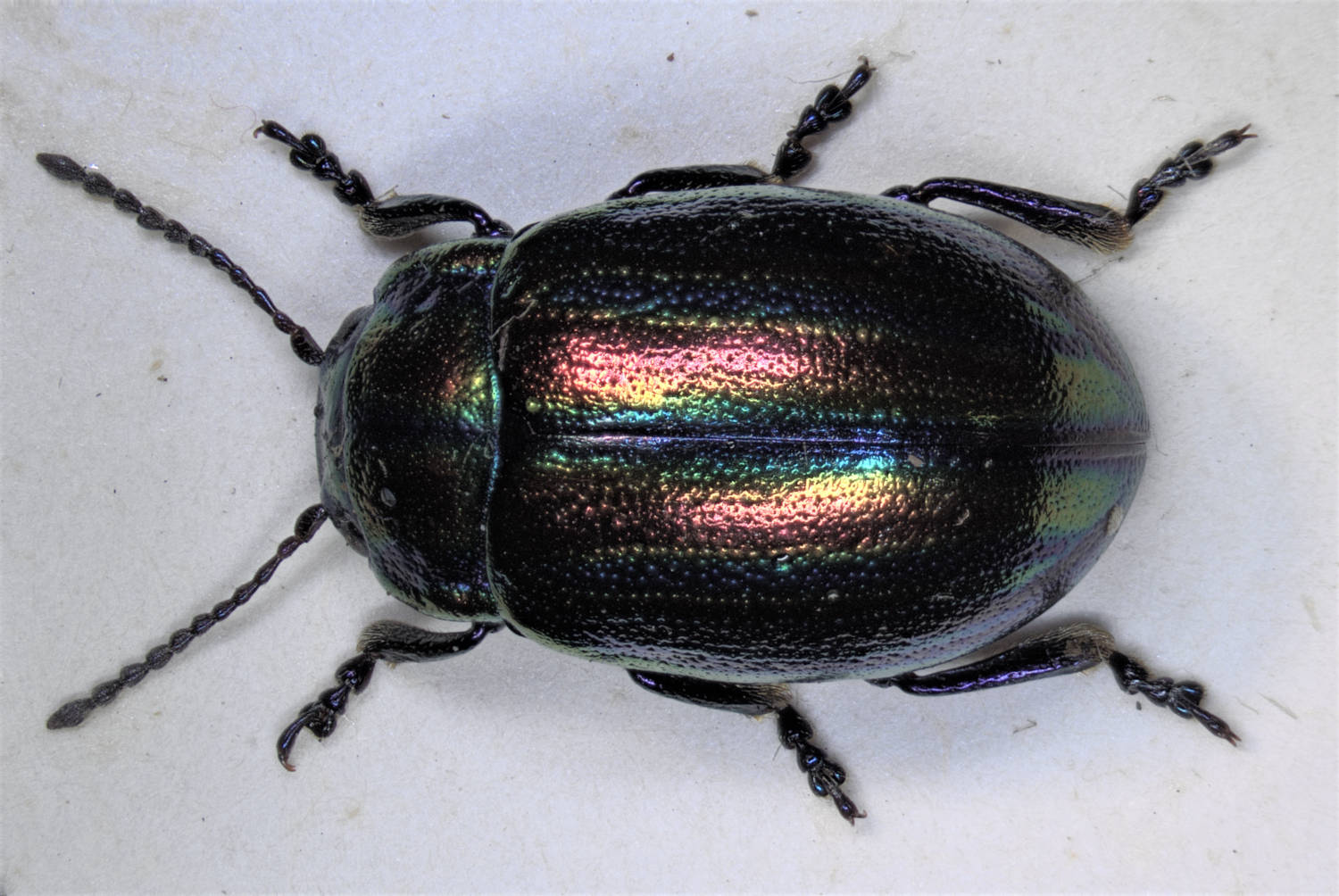
in Polski / Polish translated by Olivia
This object has been translated into 8 different languages by 9 different users
Może zauważyłeś, ale ten chrząszcz ma piękny tęczowy kolor skorupy. Typykanie, ten chrząszcz jest znany jak chrząszcz liściowy Snowdona? po góry w Walii, lub chrząszcz tęczowy ze względu na kolory.
Gatunki górskie, takie jak te, są szczególnie zagrożone? na zmieniaja klimatem? ponieważ przemieszczają się dalej w górę, aby uczekac? przed ociepleniem temperatury. Ale przychodzi moment, w którym nie mogą poruszać się dalej w górę. Jest klasyfikowany jako zagrożony w Wielkiej Brytanii.
Do you have something you’d like to say, in your own language or English, about the object or translation? We’d like to hear what you think.
Translations are community-sourced and for anyone to participate in, however you use your language. For more information, see Community Guidelines.
10 Jul, 2023
Drawing of tarantula at Manchester Museum, in Ukrainian
9 Jul, 2023
Ladybird in Ukrainian
9 Jul, 2023
Drawing of beetle at Manchester Museum
9 Jul, 2023
Drawing of tarantula at Manchester Museum
9 Jul, 2023
Crane fly at Manchester Museum
9 Jul, 2023
Pictures of beetles at Manchester Museum (Жук)
18 Apr, 2023
What lovely rainbow colours!
31 Mar, 2023
My answer and my thought:
I love Giant Pandas; they mainly live at Sichuan province in China. The giant panda’s diet is primarily herbivorous, consisting almost exclusively of bamboo. However, the climate has changing rapidly in China; it is difficult for giant pandas live in the natural world by themselves, so there is Center called a Chengdu Research Base of Giant Panda in Sichuan in China, that looks after Giant Pandas. Giant Pandas is very lucky, I hope Polar bear and other dangerous animals have the same luck as Giant Pandas has.
31 Mar, 2023
There are some particularly rare species of animals, some of which can be found only in Mediterranean Sea and are in immediate danger of extinction. For example, the Mediterranean seal (Monachus monachus) is endangered as their population decreasing, numbering no more than 700 animals. Most of the Mediterranean seal population lives in Greece,and specifically in Sporades.